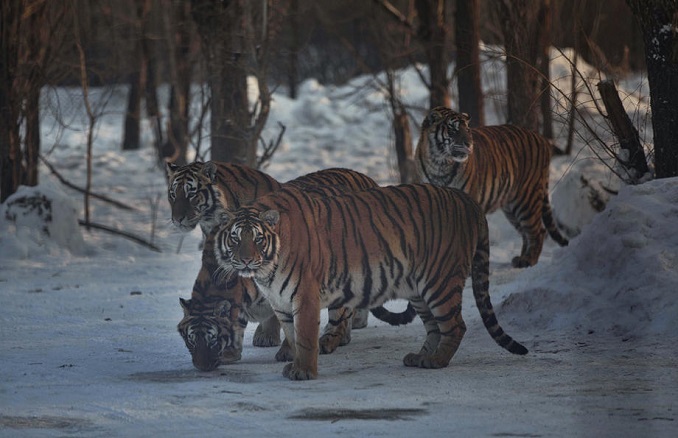According to a Ministry of Natural Resources and Ecology study published by the business newspaper Kommersant, eleven endangered species are now “likely extinct” in Russia.
According to the evaluation, these species include the European sea sturgeon, crested ibis, western capercaillie, Jankowski’s Bunting, monk seal, onager, and Przewalski’s horse.
While overhunting and poaching brought the European bison and Siberian tiger to the brink of extinction few decades ago century, populations of these species have since grown tenfold or more due to successful conservation efforts, restoring their role in their ecosystems, according to the ministry.
The same cannot be said about Przewalski’s horse, which has been declared extinct since the 1970s despite continuing attempts to restore the horses into the wild in the Orenburg area near Kazakhstan.
an environmental NGO, claims that in certain instances, Red Book species are endangered by the government’s own activities.
In August, Russian legislators approved laws authorizing the extinction of endangered species if they pose a threat to human or domesticated animal populations.
“In our view, this new legislation is extremely corrupt,” Greenpeace expert Mikhail Kreindlin said. He adds that first and most important , it allows for trophy hunting.
Greenpeace further claims that the Russian government just approved the building of a new motorway across the Volga-Akhtuba Floodplain, a national park home to numerous Red Book species. Activists have requested the Prosecutor General’s Office to investigate the roadway as a possible violation of environmental legislation.
In Russia, nine species (including the aurochs, steppe tarpan, and Steller’s sea cow) have been extinct in the past 400 years.
The Red Book of Rare and Endangered Species in Russia includes 443 animal and 676 plant species. The Red Book has grown by 43 species, subspecies, and populations since its previous update in March 2020.
According to the World Wildlife Fund, during the last 50 years, 68 percent of the world’s animal population has vanished. According to the UN IPCC’s 2018 assessment, the world is now likely approaching the Anthropocene epoch, in which life on Earth is mainly reliant on the activities of only one species.
Climate change, pollution, and biodiversity loss were identified by UN scientists this year as three interrelated, human-caused problems that are making the Earth increasingly unlivable.
While more than 70 countries agreed to preserve at least 30% of their land from human intervention by 2030, Russia did not sign on.











